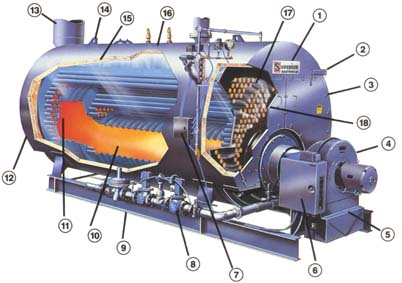Intrepid
Major
Type 001A is an eight-boiler-ship. And if I remember correctly, there are two rows with 4 boilers each serving two turbines in the forward machinery rooms and two turbines in the aft machinery rooms.It is likely on a warship all 4 boilers would be identical and any boiler can route its steam to any of the turbines to form an ad hoc unitized propulsion cell. So 1 and 3 and then 2 and 4 may just be random and reflect a non-purposed selection of the testing order.

